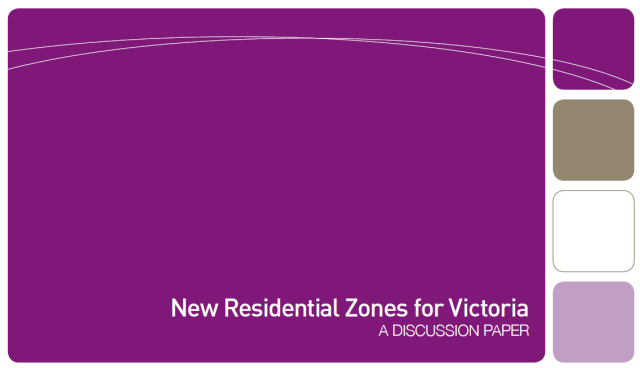It feels like we have gotten stuck when it comes to planning system reform.
Those with a memory of the pre-VPP system, or a passing familiarity with some other jurisdictions, will have some appreciation of our system’s core strengths. We take for granted a consistency across councils, a focus on plain English (albeit a very special VPP brand of it), a logical hierarchy of policy frameworks, and a certain rigour of approach. The VPPs were, and remain, an astonishing achievement.
At the same time, however, we never quite seem to have properly resolved the teething problems. Issues that were quickly apparent – the circuitous double-negative cross referencing, the fetishisation of vague and indecisive language, and a structural bias towards excessive permit triggers – have lingered. The various reviews of the system that have occurred tended to get stuck on a few responses (code assessment, the “three-speed” zones) which came to dominate the reform agenda for a decade and have only come to resolution last year. Other worthwhile reviews (on issues like parking, advertising signs and heritage controls) were ineffectual, only partly implemented, or disappeared completely.





